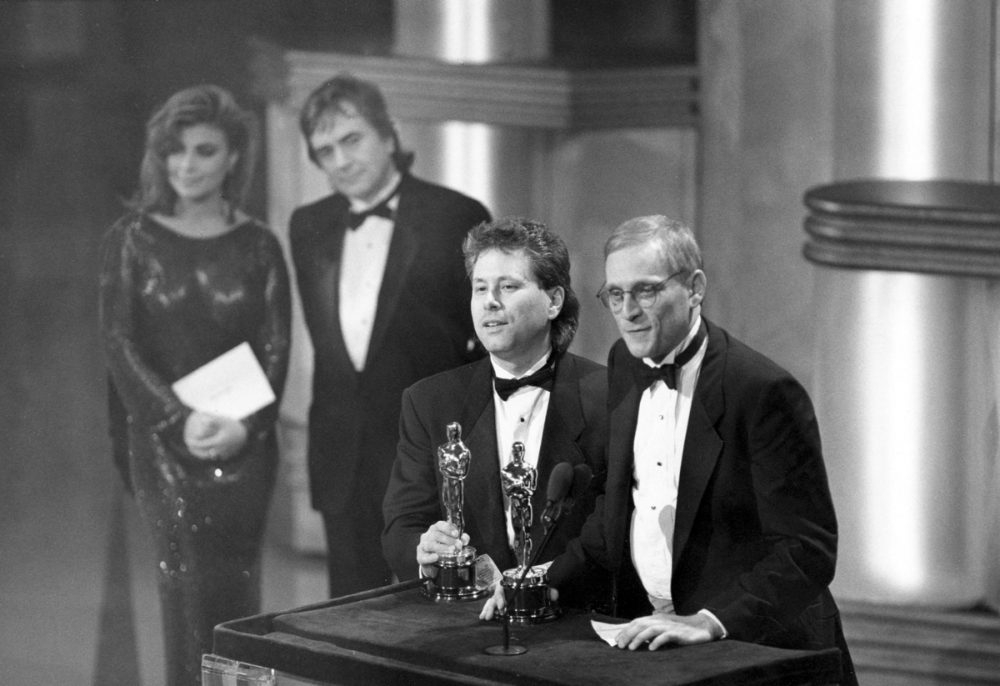Chapter Seventy-Five: Disney’s Racing Adventure (1990)
(Concept Art)
The 1990s had arrived and with them would come major innovations from the rapid rise of the internet to, blockbuster. The decade was set to change things. The Soviet Union was gone, replaced by a new democratic republic all the while new nations emerged on the scene. Before the terror of 2001, the 1990s was a peaceful realignment era. In 1992, The first Mario Kart would arrive and change the genre again, which would put Disney’s 1990 entry on the backfoot again, being forgotten about with its sequels fairing much better in most Mario Kart worlds, but like it or not. Disney’s Racing Adventure came first in 1990, two years before Super Mario Kart.
In the late 1980s, the video game industry was booming, and Disney-Atari wanted to tap into this new form of entertainment. Inspired by the success of the Mickey Mouse and the Race to Victory, Disney sought to create their own racing game featuring beloved Disney characters. Disney-Atari sought permission from Don Bluth who had overseen the production of the film, after talks between Disney-Atari and Don Bluth the project was given the go-ahead.
The gameplay was a simple racing game that contained a solo single-player and multiplayer mode. Features Super Mario Kart would develop were missing but the game did contain multiple characters and maps. These Include:
Characters: Mickey Mouse, Donald Duck, Mini Mouse, Snow White, Evil Queen, Hook, Peter Pan, Goofy and Scrooge Mcduck/Huey, Dewey and Louie.
Tracks: Mouseton Circuit, Duckberg Plains, Neverland Valley, Magic Kingdom Castle, Duckberg, Pirate Cove Beach, Tomorrowland Speedway and Toon Town Road.
The game was a success upon release and sold well for Disney, it went on to enjoy big success as the first major racing game of the 90s yet its fame would only last two years and it was soon eclipsed by Mario Kart and then by other games in the series. Today the game is seen as a prototype of what was to come, even if it’s forgotten today. The game set the Race going on racing games two years before Mario joined the race.
